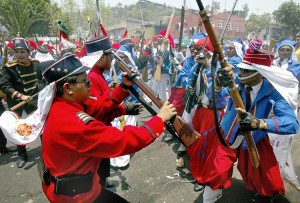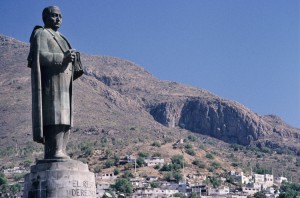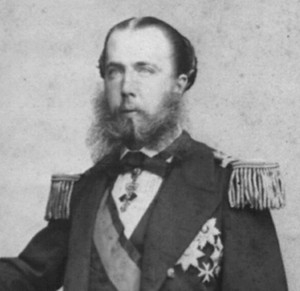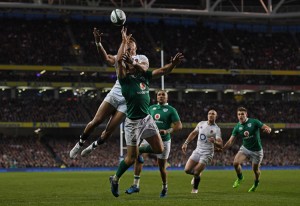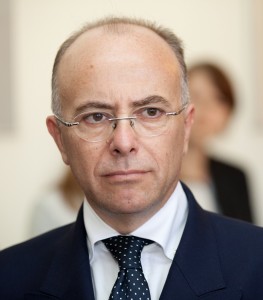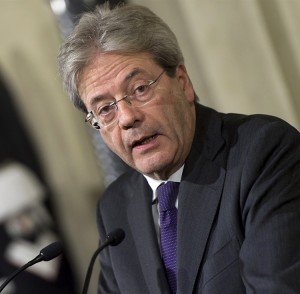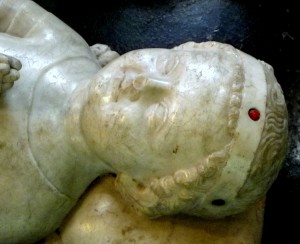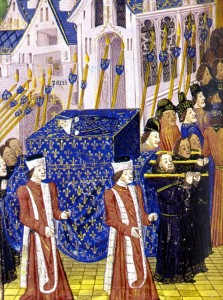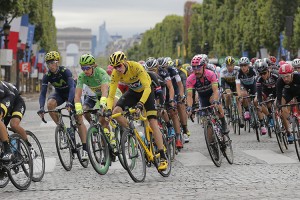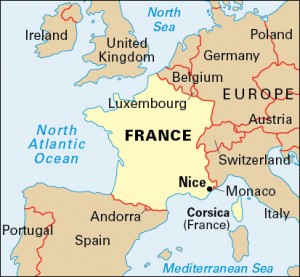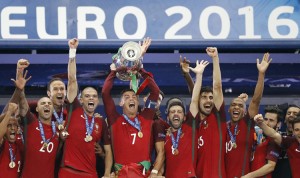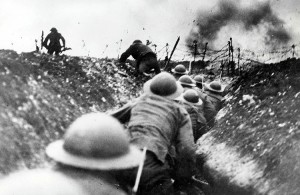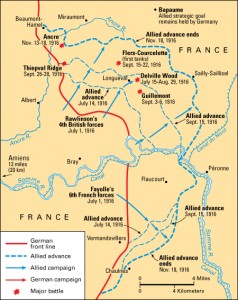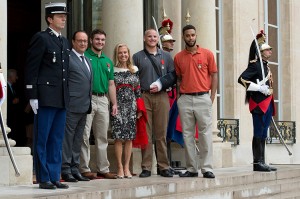Monsieur le Président Macron
Tuesday, May 9th, 2017May 9, 2017
On Sunday, May 7, voters in France elected Emmanuel Macron, a former economy minster, as the European nation’s new president. Macron, founder and leader of the centrist En Marche! (Forward!) party, easily defeated his opponent, the recent leader of France’s far-right National Front, Marine Le Pen. The presidential vote—66 percent to 34 percent in favor of Macron—was a strong rejection of the extremist economic and political nationalism supported by Le Pen. On May 14, Macron will replace President François Hollande, who opted not to run for a second five-year term. At 39 years old, Macron is the youngest ever president of France. The second youngest was Louis-Napoléon Bonaparte, who was 40 when elected president in 1848 (Bonaparte later declared himself emperor Napoleon III).
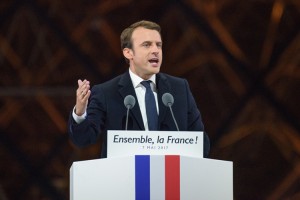
Emmanuel Macron delivers a presidential election victory speech at the Carousel du Louvre in Paris, France, on May 7, 2017. Credit: © Frederic Legrand, COMEO/Shutterstock
Sunday’s election followed the first round of France’s presidential election on April 23, 2017, in which Macron and Le Pen were the top 2 vote getters among 11 candidates. The April results excluded France’s long-dominant Socialist and Republican parties from the final poll. After the first round, the old rival parties both threw their support behind Macron.
Emmanuel Jean-Michel Frédéric Macron was born on Dec. 21, 1977, in Amiens, in northern France. He studied philosophy at the Université Paris Ouest Nanterre La Défense. Macron later earned a master’s degree in public affairs and trained for a civil service career at the National School of Administration (École nationale d’administration, or ENA). The ENA prepares students for government careers.
Macron worked as an inspector of finances in the French Ministry of Economy from 2004 to 2008, during which time he joined France’s Socialist Party. He worked as an investment banker before joining the staff of President Hollande in 2012 and the cabinet of Prime Minister Manuel Valls in 2014. In 2015, Macron left the Socialist Party and founded En Marche! the following year. In late August 2016, he resigned from his government post to run for president.

